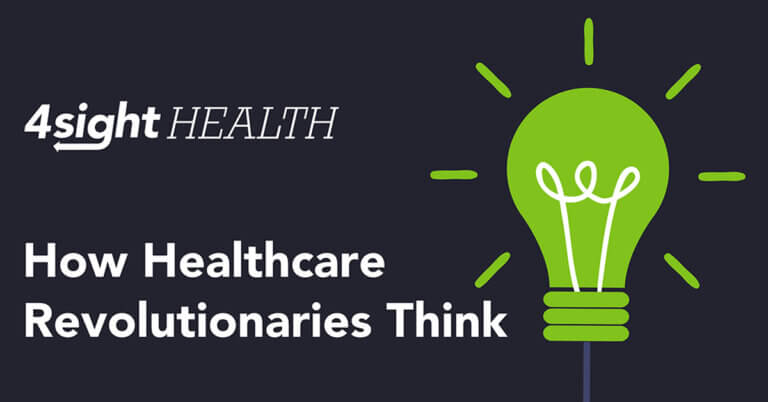March 17, 2021

Catching Up on Hospital Interoperability
I admit it. I completely missed the annual report on hospital interoperability from HHS’ Office of the National Coordinator for Health Information Technology when the ONC released it in January.
If I had seen it and read it, here’s what I would have written at the time to add to my series of blog posts on the continuing healthcare interoperability problems that prevent patients from getting the optimum level of care from their providers…
Well, it’s something. Hospitals passed an important interoperability milestone in 2019, but the goal of reaching total hospital interoperability is still a ways off.
According to the ONC’s latest annual report on hospital interoperability, which you can download here, 55 percent of all hospitals said they engaged in all four domains of interoperability in 2019. Those four domains, or functions, are:
- Sending patient health information from their EHR systems to unaffiliated providers
- Receiving patient health information from the EHR systems of unaffiliated providers
- Finding or querying patient health information from the EHR systems of unaffiliated providers
- Integrating patient health information from the EHR systems of unaffiliated providers into their own EHR systems without manual data entry
It’s the first time since 2014, when the ONC began tracking hospital interoperability, that the percentage of hospitals doing all four things electronically through their EHR systems has crossed 50 percent mark. It was 46 percent in 2018, and it took five years to double from 23 percent in 2014.
Like I said, it’s something.
And, to be fair, there were some other signs of progress in the new ONC report. The most significant, from a patient’s point of view, was the fact that in 2019, more hospitals were actively seeking patient health information from other providers and sources as part of how they routinely diagnose and treat patients. They’re not passively relying on data in their own EHR systems to make medical decisions. You’re allegoric to morphine-based pain medications? Who knew! Sorry you’re so nauseated after your outpatient surgery.
For example:
- 53 percent of hospitals said they queried patient health information from state, regional or local health information exchanges, up from 46 percent in 2018.
- 41 percent of hospitals said they queried patient health information from another provider using the same EHR system, up from 34 percent in 2018.
- 35 percent of hospitals said they queried patient health information from another provider using a portal that allows access to the other provider’s EHR system, up from 30 percent in 2018.
But for every sign of progress was another sign that showed why we needed the new interoperability and data-blocking regulations from HHS.
For example:
- 73 percent of the hospitals said they struggle with exchanging patient information with other providers who use a different EHR system.
- 66 percent of the hospitals said they share patient information with other providers who don’t share patient health information with them.
- 59 percent of the hospitals said other providers’ EHR systems don’t have the capability to receive patient health information from them.
These are all caused by cultural, financial and technical barriers that should have fallen years ago. But, they didn’t, and all we can do is keep pushing forward to the day patient health data stops being a closely guarded commodity and starts flowing freely throughout the delivery system to drive better care for patients.
To learn more about this topic, please read:
- “Interoperability Is in the Eye of the Patient Information Blocker”
- “The Sorry State of Hospital Interoperability”
Thanks for reading.
Stay home. Stay safe. Stay alive. The vaccine is coming. Really. Eventually.





